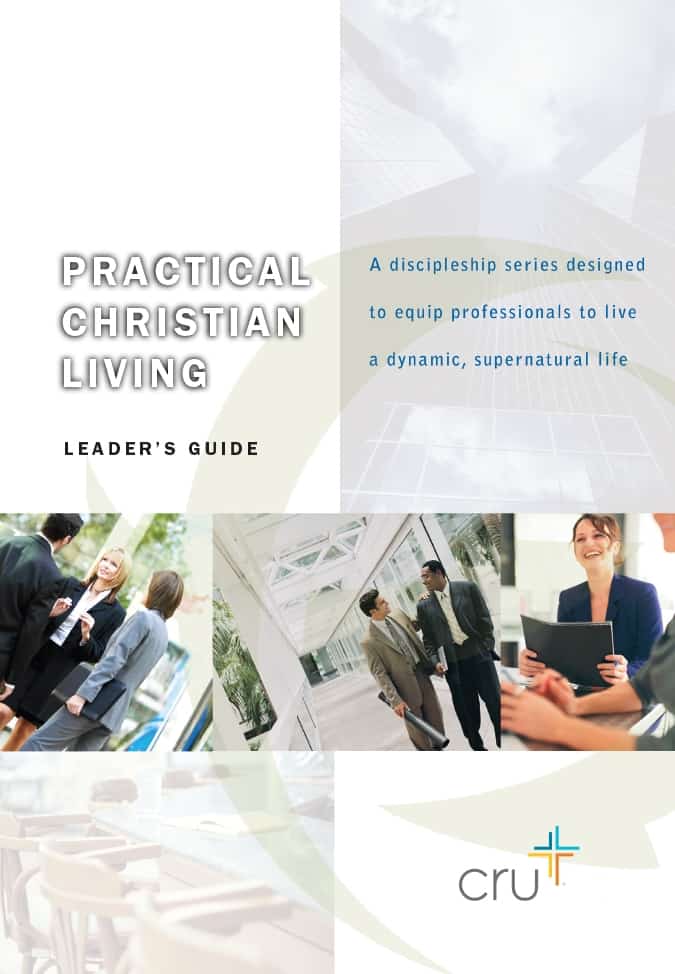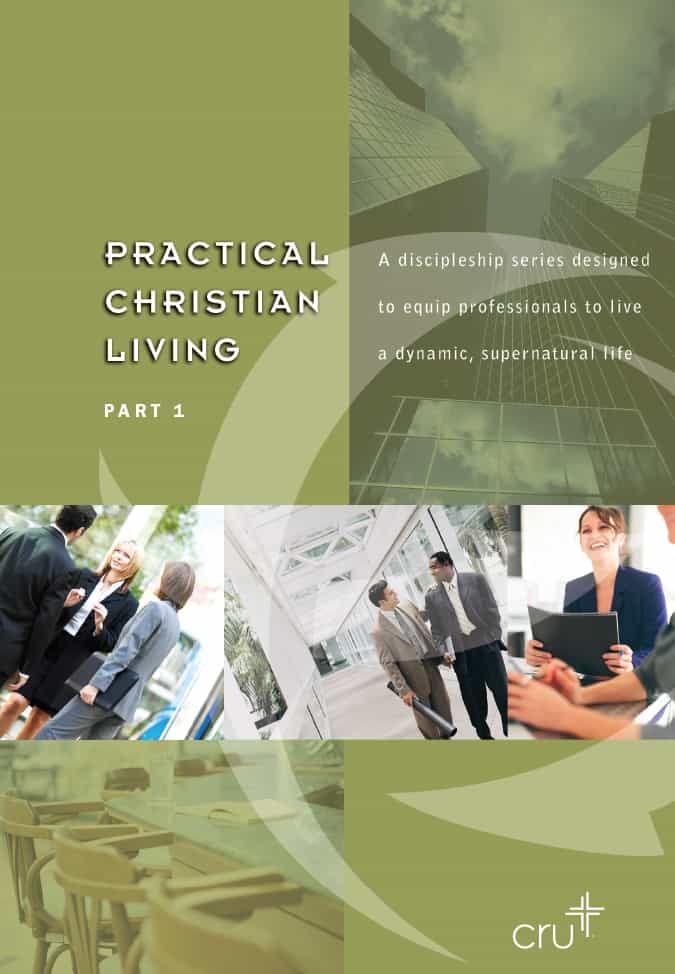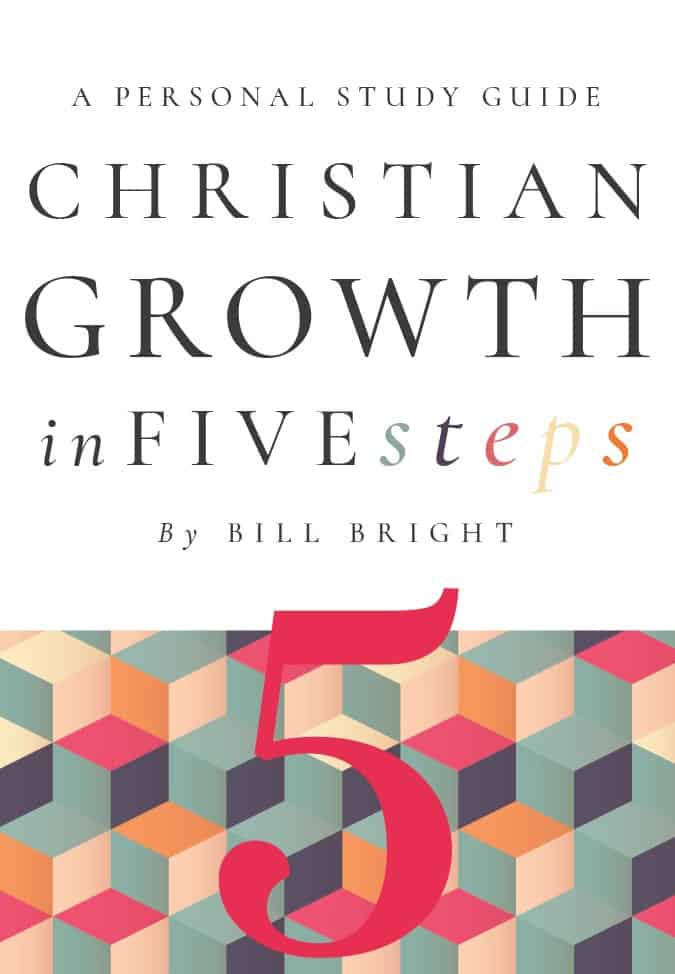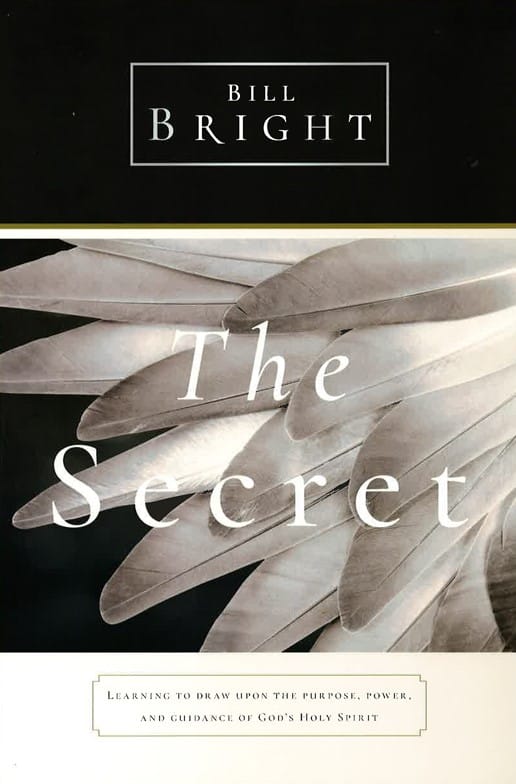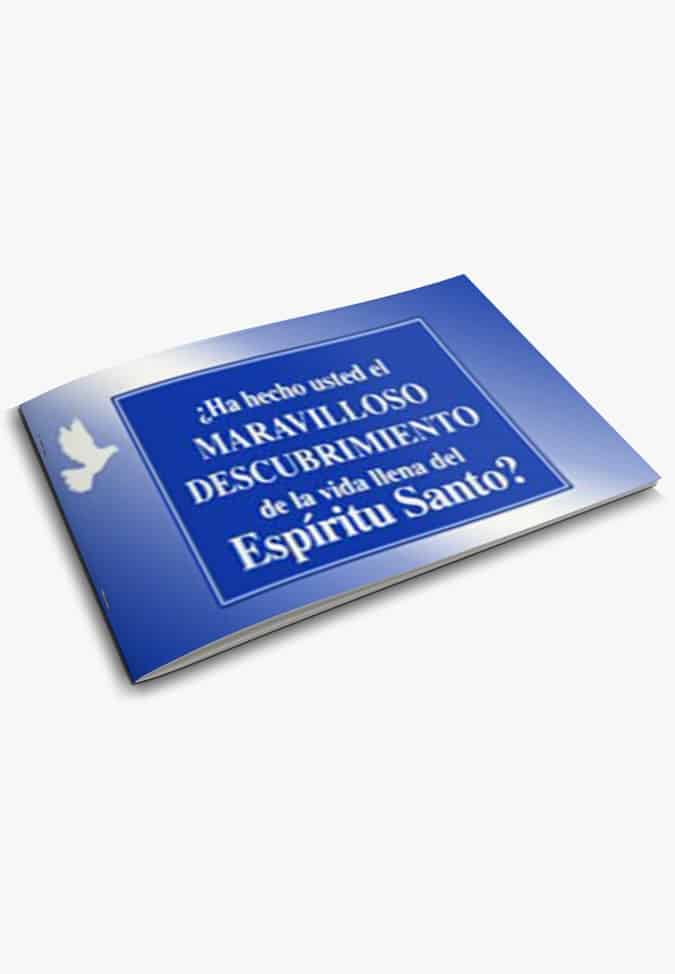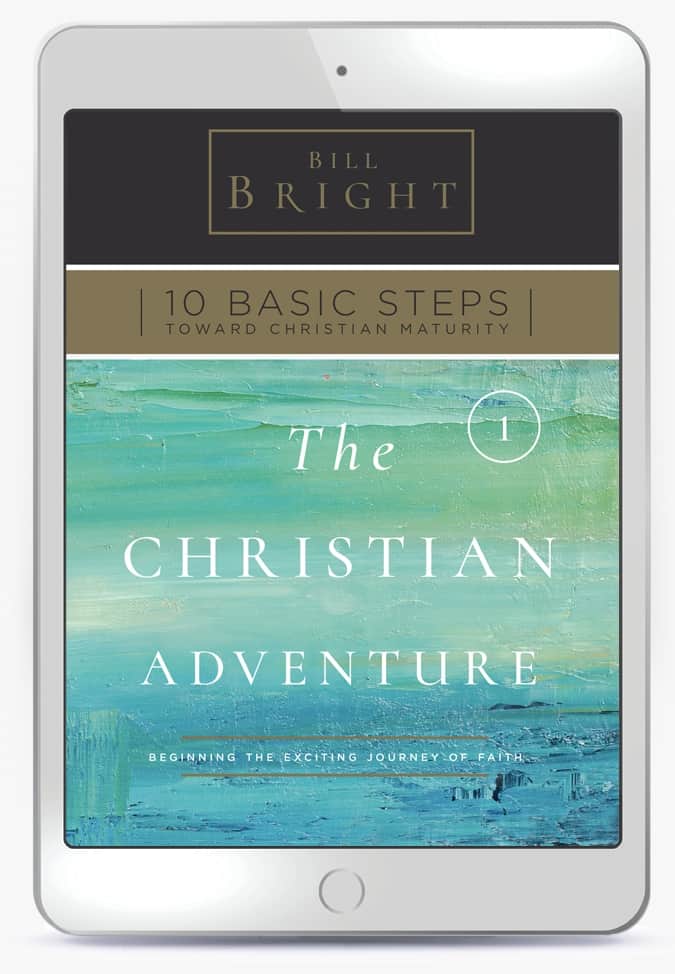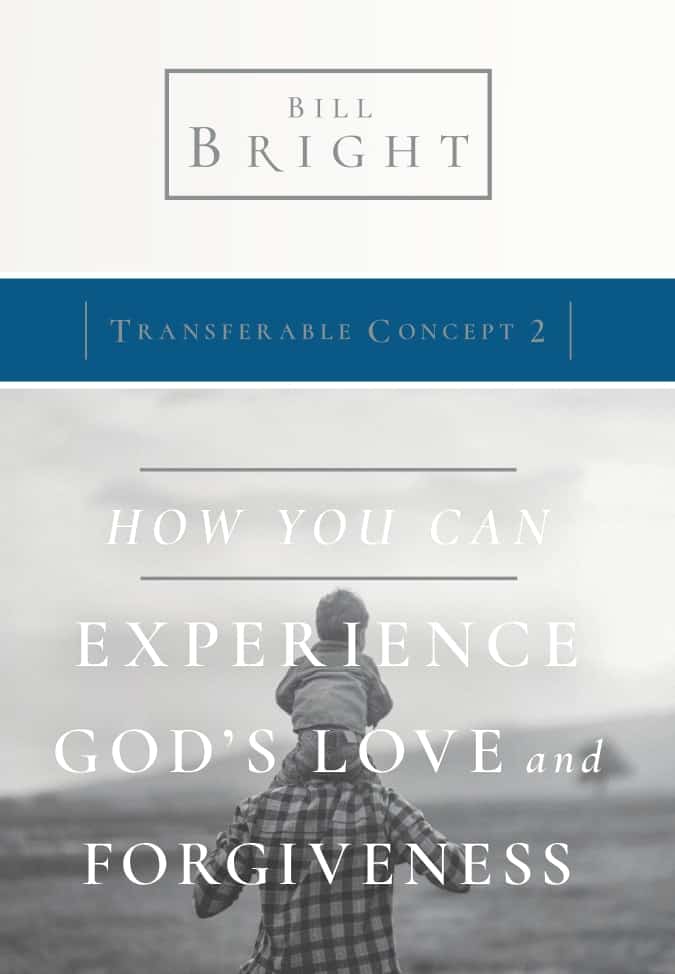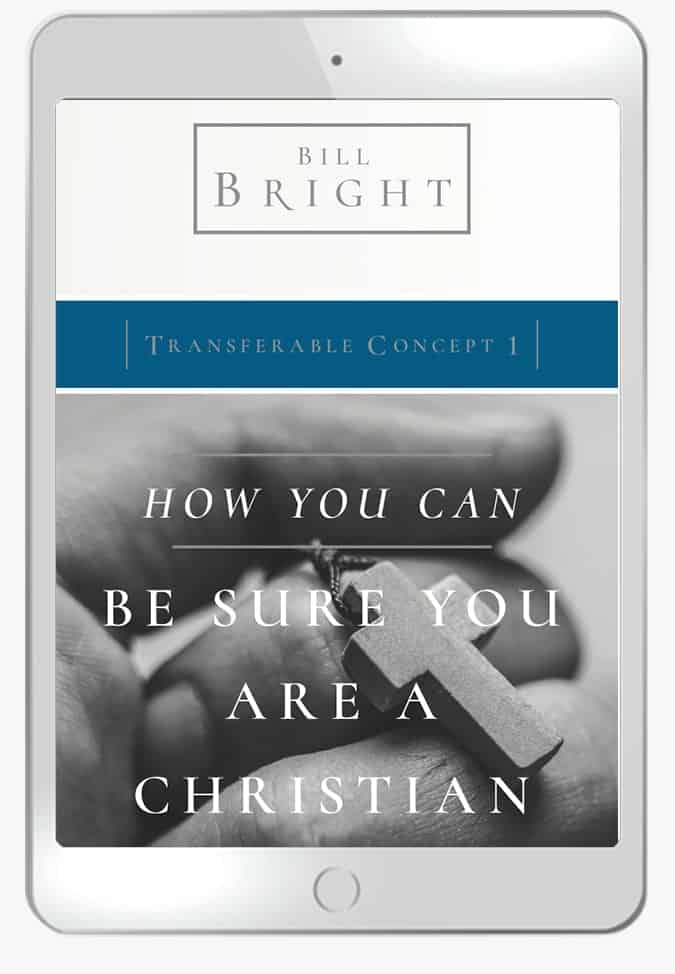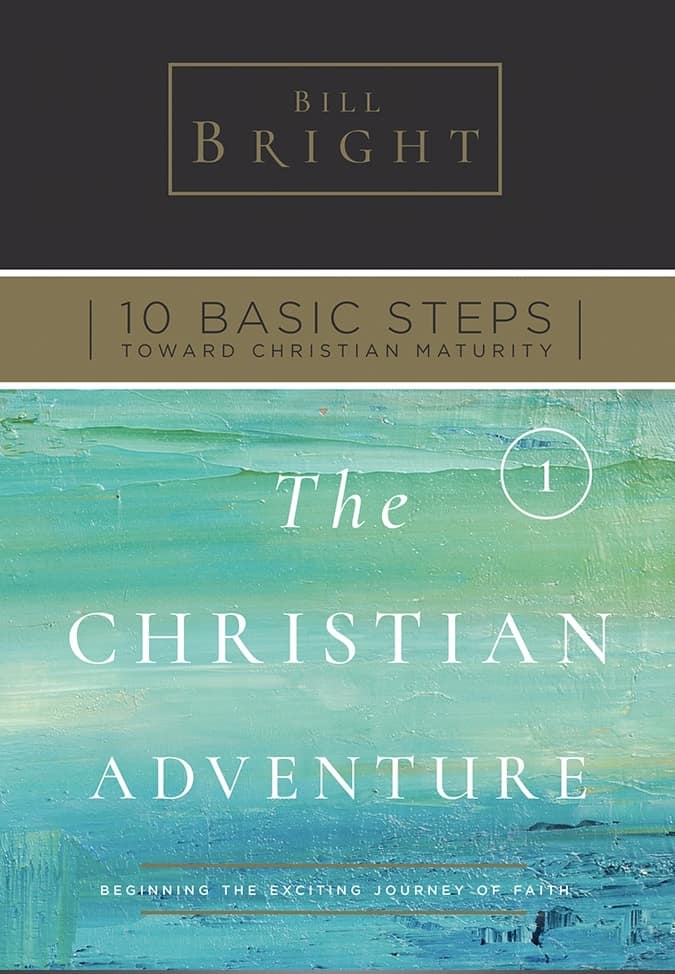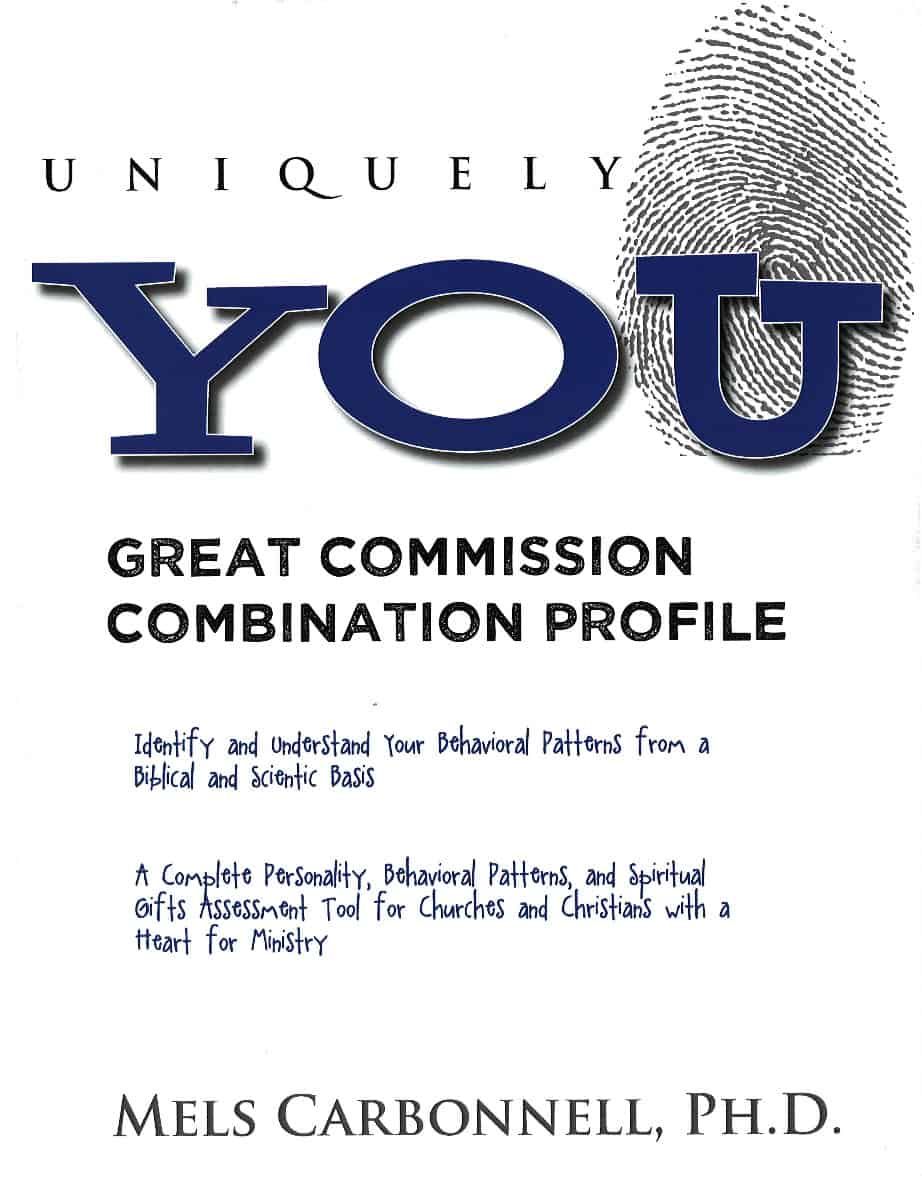What Is Advent?

Advent is about preparing your heart while you wait for Jesus to arrive. Since the Middle Ages, this tradition of Advent has encouraged slowing down and reflecting on Jesus coming in person and looking forward to the time that He has promised to return.
What Does Advent Mean?
The word “Advent” means the arrival — or coming — of a noteworthy person, event or thing. In this case, God coming to earth in the person of Jesus Christ, the promised Messiah. Christmas is the celebration of Jesus’ birth. Advent is the anticipation of that birth.
When is Advent?
Advent begins on the fourth Sunday before Christmas. Depending on where Christmas falls on the calendar, the total number of days can vary between 22 and 28 days.
What is the History of Advent?
Christians throughout history have considered Advent to be a celebration of different comings. Examples include the preparation of Christ’s baptism and the Second Coming of Christ. But since the sixth century, Advent has traditionally been a celebration of Jesus’ first coming — the season leading up to Christmas Day.
What is the Second Advent?
The first Advent anticipates Jesus’ arrival to earth in the form of a baby (Christmas). The second Advent anticipates Jesus’ Second Coming, when He returns in all His glory to establish His kingdom on earth and judge the world. Christians live every day with the eager anticipation of the Second Coming. The next-to-last verse in the Bible (Revelation 22:20, English Standard Version) has become the hopeful expression for Christians of every generation. “He who testifies to these things says, ‘Surely I am coming soon.’ Amen. Come, Lord Jesus!”
Where is Advent in the Bible?
The Old Testament is full of allusions to Jesus Christ. Whether it’s God telling Abraham to sacrifice his son Isaac, then intervening and providing a ram substitute (Jesus’ substitutionary death on our behalf) — or Jonah spending three days in the belly of a great fish (Jesus’ burial and resurrection) — all of the Old Testament points us toward the coming of Jesus Christ.
Additionally, the prophets foretold Jesus’ birth. Isaiah predicted, “Therefore the Lord himself will give you a sign. Behold, the virgin shall conceive and bear a son, and shall call his name Immanuel (Isaiah 7:14, ESV).” And again he prophesied, “For a child will be born for us, a son will be given to us, and the government will be on his shoulders. He will be named Wonderful Counselor, Mighty God, Everlasting Father, Prince of Peace (Isaiah 9:6, ESV).” The prophet Micah declared, “But you, O Bethlehem Ephrathah, who are too little to be among the clans of Judah, from you shall come forth for me one who is to be ruler in Israel, whose coming forth is from of old, from ancient days. (Micah 5:2, ESV).”
The New Testament records the coming of Christ in the Gospels: Matthew 1:18-25, Luke 1:26-2:20, and John 1:1-18.
How do Christians Celebrate Advent?
Many Christians celebrate Advent in a personalized way, using an Advent calendar to track the days until Christmas, putting up Advent ornaments on their Christmas trees each day or using an Advent devotional to reflect on Jesus’ coming. Christians might also display an Advent wreath or Advent candles in their homes.
Churches tend to celebrate Advent more formally. Some pastors tailor their sermons to match the themes of each Advent Sunday (hope, faith, joy, and peace). Many churches light one of the four Advent candles each week — accompanied by a Bible reading suitable for the week’s theme — and conclude with the lighting of the Christmas candle on Christmas Eve or Christmas Day.
What do the Advent Candles Mean?
The four Advent candles, each representing a theme, are lit on the four Advent Sundays. Though their colors vary by tradition, typically the first, second and fourth candles are violet, and the third is pink, the color commonly associated with joy. Some traditions have a fifth, white candle symbolizing the purity of Christ, which is lit on Christmas.
- Week 1: Hope – This “prophecy candle” represents the anticipation of the arrival of the Messiah in the Old Testament — especially that of the prophets, such as Isaiah, who vividly and accurately foretold Jesus’ coming.
- Week 2: Faith – The “Bethlehem candle” represents Joseph and Mary’s faith in the angel Gabriel’s promise (Luke 1:26-38) and their journey to Bethlehem. The prophet Micah also foretold that the Messiah would come from Bethlehem. (Micah 5:2)
- Week 3: Joy – The “shepherd’s candle” represents the “good news of great joy” the angel delivered to the shepherds. (Luke 2:8-20, ESV) the angel delivered to the shepherds.
- Week 4: Peace – The “angel’s candle” represents the peace between God and man that the angels declared to the shepherds: “Glory to God in the highest, and on earth peace among those with whom he is pleased! (Luke 2:14, ESV).”
- Christmas Day: Purity – The “Christ candle,” which is placed in the middle of all the candles and is lit on Christmas Day, represents the purity and sinlessness of Christ.
What is an Advent Wreath?
The Advent wreath (or Christmas wreath), a common decoration, consists of intertwined evergreen branches symbolizing everlasting life. Evergreen trees retain their green color through every season of the year, including winter. The wreath is often hung on the front door of homes, sometimes with a candle. For Advent, many people lay the wreath around the Advent candles. Some also include holly berries on their wreaths to symbolize and foreshadow Christ’s death on the cross.
How is Advent Relevant to My Life?
Advent helps us understand how the Old Testament leads into the New Testament. The hope of Christianity lies in the coming of the Messiah, who will save His people — or His Church — from the effects and penalty of their sin. In Genesis, God promised a Messiah would come and declared to Satan that He “will put enmity between you and the woman, and between your offspring and her offspring; [Christ] shall bruise your head, and you shall bruise his heel (Genesis 3:15, ESV).” Advent is the anticipation of God fulfilling His promise to defeat death and Satan through the coming of Christ.
Jesus is the promised Messiah that Israel looked forward to with each generation. When Israelites sacrificed bulls and goats for their sins (which didn’t really have the power to forgive sin, like Christ did), the people anticipated the one, true sacrifice that Jesus would accomplish through His death and resurrection. Jesus, the one true King of Kings, put aside His glory to become a man, born to a lowly couple in a lowly animal stable.
Jesus was born to become Immanuel, which means “God with us.”
The coming of Christ is the culmination of the whole Old Testament. And the Second Coming of Christ will be the culmination of the New Testament. Today, you can look back and honor the anticipation of Christ’s first Advent and look forward with eager anticipation to His second Advent. All of our suffering, striving, hope, faith, joy and peace find their meaning in the return of Christ, when “He will wipe away every tear from [our] eyes, and death shall be no more, neither shall there be mourning, nor crying, nor pain anymore, for the former things have passed away (Revelation 21:3-5, ESV).”
Advent reminds Christians of the hope in the coming of Christ. The hope experienced when celebrating Advent is what makes life worth living.















